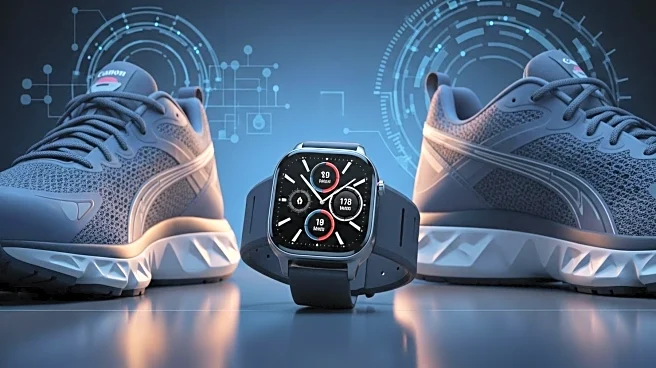What's Happening?
The running industry in the United States is experiencing a surge in technological advancements and marketing strategies aimed at both elite and amateur runners. Products such as carbon-plated shoes and electrical stimulation devices are being heavily promoted, promising enhanced performance and recovery. However, skepticism exists regarding the efficacy and necessity of these products, with some experts suggesting traditional methods like foam rolling and stretching may be more beneficial. The industry is now a multi-billion dollar market, driven by consumer insecurities and the desire to emulate elite athletes.
Why It's Important?
The proliferation of high-tech running gear has significant implications for the sports industry and consumer spending. While these products offer potential benefits, they also pose risks of financial waste and physical harm if not used correctly. The emphasis on technology may overshadow the fundamental aspects of running, such as personal health and community building. This trend reflects broader societal shifts towards consumerism and technological reliance, potentially impacting the accessibility and inclusivity of running as a sport.
What's Next?
As the running industry continues to grow, there may be increased scrutiny on the claims made by manufacturers of running gear. Regulatory bodies like the FDA could play a role in ensuring product safety and efficacy. Additionally, consumer education on the benefits and limitations of these technologies may become more prevalent, helping runners make informed decisions. The industry might also see a push towards balancing technological advancements with the traditional values of running.
Beyond the Headlines
The commercialization of running could lead to ethical considerations regarding marketing practices and consumer protection. The focus on high-tech solutions may detract from the sport's simplicity and accessibility, potentially alienating new runners. Long-term, this trend could influence cultural perceptions of fitness and health, emphasizing technological dependency over personal effort and community support.













